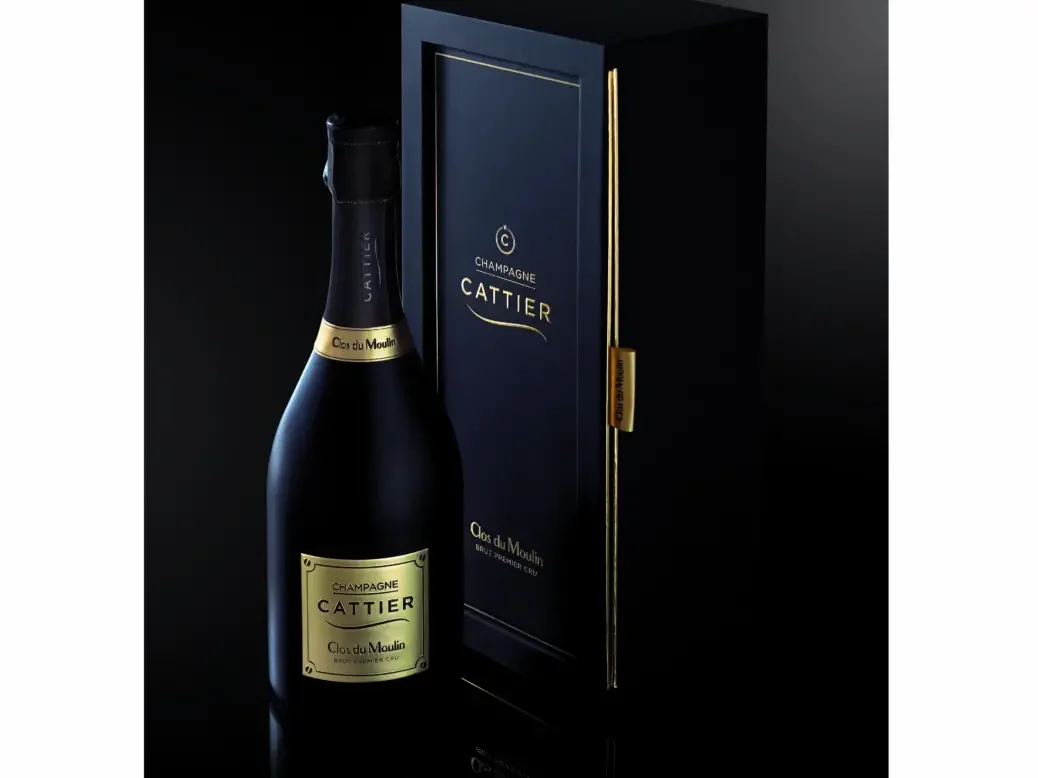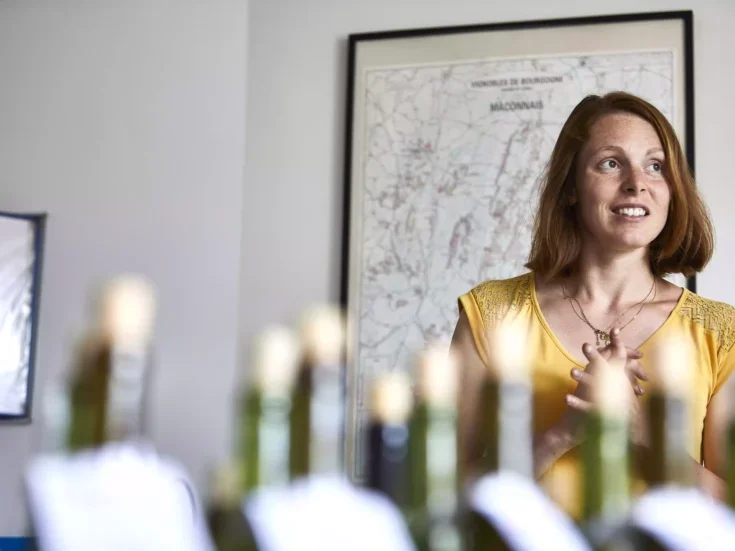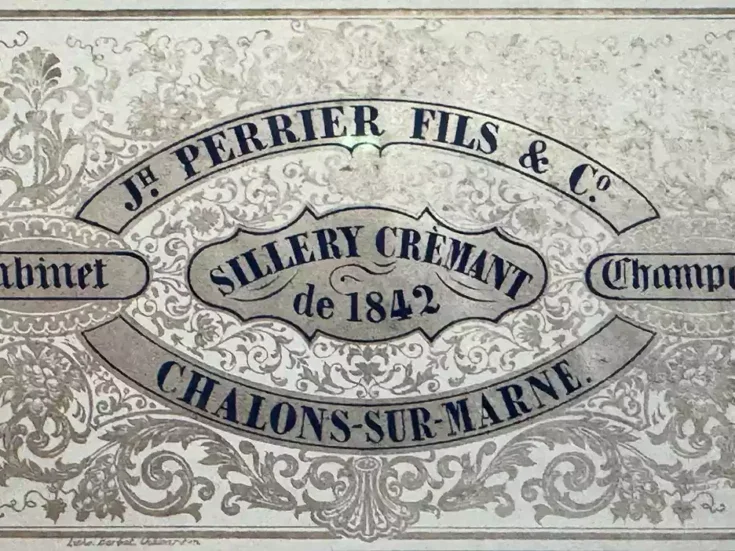
Simon Field MW enjoys Cattier Clos du Moulin, a Multi-Vintage member of Champagne’s surprisingly small club of single-clos wines that deserves much greater recognition.
There may no longer be a windmill standing, but happily there is still a wall, so Clos du Moulin is not an entirely romantic name. This picturesque northern swath of the appellation, its villages now punctuated by the route touristique de Champagne, used to boast a series of windmills—a quiet acknowledgment, perhaps, of the greater exposure of these vineyards, even if the word Montagne is a little fanciful in describing the terrain of the Montagne de Reims. Now the windmill at Verzenay is the last one remaining, owned by Mumm, which uses it to host corporate lunches. Alexandre Cattier advises that “his” eponymous windmill was first weakened by fire in 1789 (an eventful year), then ravaged and destroyed by the depredation of the two world wars. Now only the wall remains, marking out 2.2ha (5.4 acres) of premier cru vines, pretty much evenly shared by Pinot Noir and Chardonnay.
Clos du Moulin thus indents membership in a coterie of 40 or so eponymous walled vineyards in the region. Logic and history (often of a monastic persuasion) might lead us to infer that the walled vineyards were the most precious, the most worthy of protection—be it from phylloxera or the wild boar or even the ambition of a feckless neighbor. The Burgundian role model might, at least, inspire a commercial imperative, and yet the extant list is somewhat perfunctory. In the vanguard, we have some rare jewels, including Krug’s Clos du Mesnil and Clos d’Ambonnay, also Bollinger’s Vieilles Vignes Françaises, Philipponnat’s Clos des Goisses, and Billecart-Salmon’s Clos St-Hilaire; highly prized all. Thereafter, however, there is a wide gap—in terms of recognition, at any rate—with a number of impressive wines worthy of greater appreciation. They include Duval-Leroy’s Clos des Bouveries, Pommery’s Clos Pompadour, Clos Lanson, Clos de Cumières, and Clos Faubourg Notre-Dame—all reasonably well known, but no more than that. And finally, a long and less celebrated tail, which I find surprising. This is the age of the microcosm, where even Champagne’s philosophical tilt to the broad blend is increasingly challenged by the allure of the single village and, even more specifically, the single vineyard. All the more potential, one might have thought, for these plots with historical pedigree, and therefore often with a story to tell. Clos du Moulin belongs to the second group described above: a reasonably well-known name, but perhaps worthy of greater international recognition.
The Cattiers, after all, are no strangers to the bright lights of commercial appreciation, making, as they do, the highly popular Armand de Brignac label, its Ace of Spades brand notorious to some as the Champagne of choice for those who—how shall I put it?—like to party a little. Beyond this side line, Alexandre, who heads the 13th generation of the family, and his father Jean-Jacques farm 33ha (82 acres), most of it premier cru and most of it centered around the villages of Chigny-les-Roses (where Cattier is based), Rilly-la-Montagne, and Ludes. These are all located in the northern sector of the appellation, with terroir that one instinctively feels may be best suited to Pinot Noir. The fact that the Cattiers divide their land evenly between Pinot and Chardonnay underlines once again the real potential for the white variety up here: Its wines can be appreciably different from those farmed farther south in the Côte des Blancs.
The Cattier family bought Clos du Moulin, a “battle-scarred wilderness” at the time, in 1950, and the first (already Multi-Vintage) release was in 1955, with a highly impressive Rosé added in 2005. Production is always modest, with only 6,900 bottles of the current bottling, and the Champagne is always a blend of three vintages, all vinified in stainless steel, with only the dosage (a modest 6g/l) having been matured in one-year-old casks. The three years in play this time are 2016 (warm but promising), 2015 (a “helter-skelter” vintage, especially turbulent later in the season), and 2014 (a generally cooler vintage, with rain and the threat of rot in the air). The assembled wine was cellared in 2017 and emerged, refreshed, for disgorgement on June 6, 2023.
Tasting Cattier Clos du Moulin
Cattier Clos du Moulin (52% Pinot Noir, 48% Chardonnay; dosage 6g/l; disgorged June 6, 2023)
A generous, warm gold, with a steady mousse. The nose marries semi-tropical elements of mango and guava, even the faintest hint of soft pineapple, with citric notes of verbena and lemongrass; behind that, a hint of honeysuckle and gorse. A benevolent, rather old-fashioned aromatic, in other words; we might be in the boulangerie shortly after its early opening, or even in the patisserie. Old-school in its most assuring sense. The palate is maybe a little more challenging, appreciably dry, but there is also red-fruit character from the Pinot recalling mirabelle plum and soft cherry, beyond the red-apple freshness. Textural complexity hints at future gastronomic potential; for now, the wine is precocious and a little foursquare but generous of disposition. 92–93






